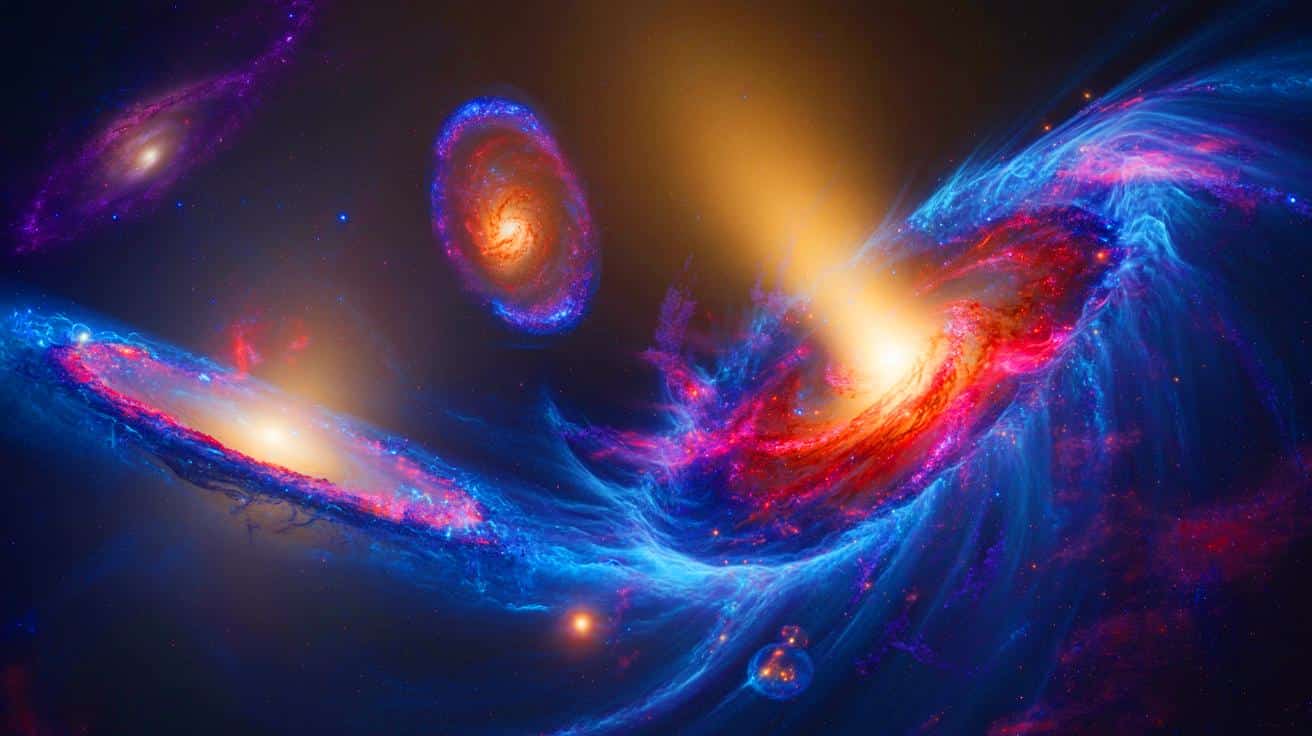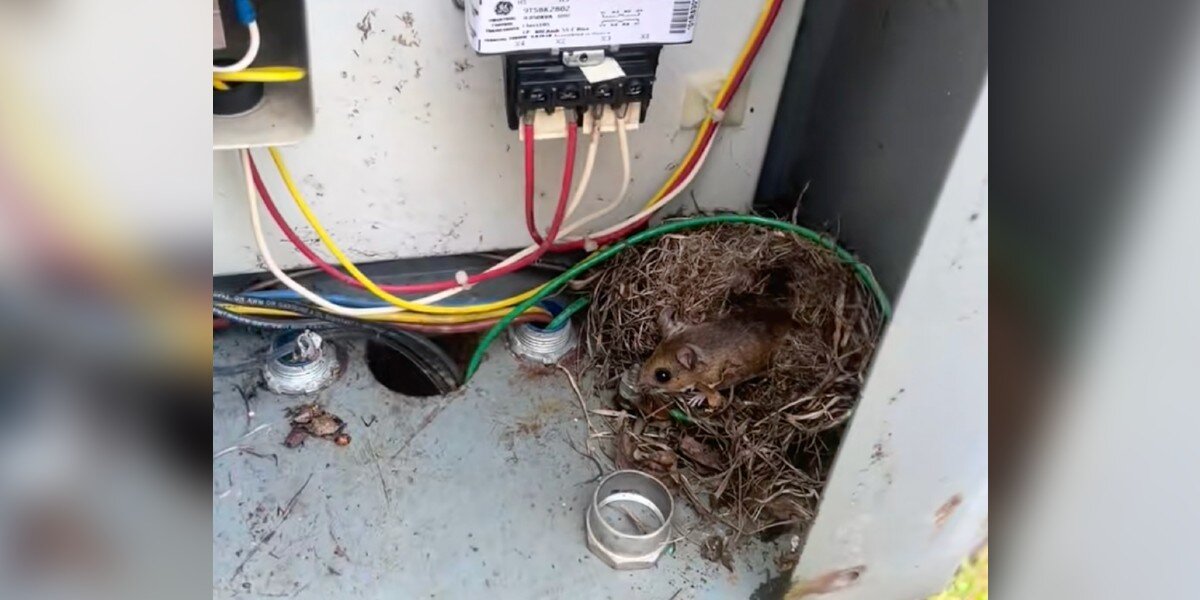Shocking Discovery: Methane Seeps in Antarctica Could Accelerate Climate Change!

Imagine a hidden danger lurking beneath the icy waters of Antarctica—scientists have just uncovered methane seeps erupting from the seabed at an astonishing rate. This revelation could mean that our understanding of global warming is about to be turned on its head!
A groundbreaking study published in Nature Communications has revealed over 40 active methane seeps in the Ross Sea, a critical bay in Antarctica's Southern Ocean. These seeps, which lie at depths ranging from 16 to 790 feet, were detected using innovative methods like ship-based acoustic surveys, remotely operated vehicles, and divers. The sheer number of seeps discovered is staggering, given that only one active seep was previously known in Antarctica.
Sarah Seabrook, a marine scientist at Earth Sciences New Zealand and a key author of the report, expressed both excitement and concern: “Something that was thought to be rare is now seemingly becoming widespread.” The implications are profound. Methane traps approximately 80 times more heat than carbon dioxide in its first 20 years in the atmosphere, making it a potent greenhouse gas.
This rapid emergence of multiple seeps raises urgent questions about the impact of climate change. Many of these methane emissions were identified in previously studied sites, hinting at a potential “fundamental shift” in methane release in the region. Seabrook conveyed the mix of emotions that came with each discovery: “Every seep they discovered was accompanied by an immediate excitement that was quickly replaced with anxiety and concern.”
The fear is that methane could transfer rapidly into the atmosphere, posing a significant threat to our planet's climate and not yet accounted for in many climate models. Furthermore, these seeps can disrupt local marine ecosystems, leading to unpredictable cascading effects on marine life.
While the precise cause of these methane seeps remains a mystery, researchers are investigating links to climate change. Notably, similar trends have been observed in the Arctic, where rising temperatures and melting glaciers are correlated with increased methane emissions. Seabrook warns of a perilous feedback loop: “Climate change increases methane seeps, which themselves further increase the rate of climate change.” As we grapple with the realities of climate change, this alarming discovery serves as a stark reminder of the hidden challenges we face.

























